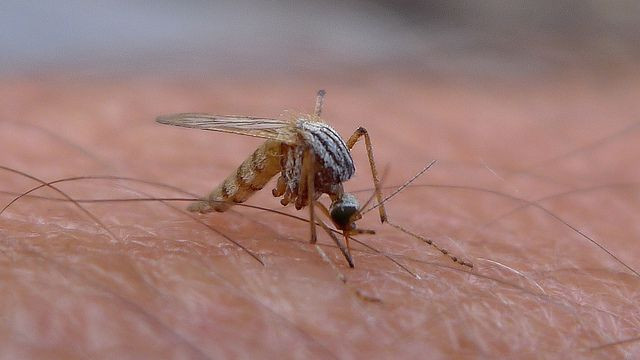Zika Virus Is Spreading, Here's Everything You Need To Know About The Mosquito-Borne Illness

The Centers for Disease Control and Prevention confirmed over the past week a dozen cases of Zika virus in travelers returning to the United States. With recent cases identified in the U.S. territory of Puerto Rico, the number of imported cases is likely to increase and the CDC also anticipates human-to-mosquito-to-human spread soon occurring in the U.S.
"This is a very new disease and we’re learning a lot about this in a very short time," Dr. Albert Icksang Ko, Yale School of Public Health, told Medical Daily. Here, then, is a brief outline of some of the known facts.
Symptoms and Risks
Zika virus is carried by mosquitoes and causes an acute infection. Typically, an infection with Zika virus causes fever, headache, conjunctivitis (pink eye), and rash, along with joint and muscle pain. Only one out of every four infected people develop symptoms.
"Most people who are infected don’t know they are infected," Ko said, adding the illness is acute with symptoms usually quite mild, lasting just three to five days.
When pregnant women are infected, the virus may be transmitted via the placenta to the fetus and cause microcephaly, a condition where a baby is born with an abnormally small head and incomplete brain development.
"What we don’t know is how many — do all women transmit to their babies? I personally suspect the risk is not everyone," said Ko, adding, "The risk is real, but we don’t know how much," though scientists are working to get this information.
The virus was first isolated in 1947 in the Zika forest in Uganda, the World Health Organization reports, and since then, it has remained mainly in Africa with sporadic outbreaks in Asia. In 2007, the island of Yap, in Micronesia, reported a major epidemic, when nearly 75 percent of its population became infected. Recently, the virus spread to this region of the globe.
Prevention and Progress
Zika is spreading rapidly, according to Ko. Reasons include high infestation levels in some regions and a great deal of interconnection and movement between affected countries. Since many people do not experience symptoms, they will travel while infected.
In 2014, Chile confirmed its first case of indigenous transmission of the virus on Easter Island and in May 2015, Brazil confirmed transmission of Zika in its own northeast. Along with Chile and Brazil, other countries in the Americas have reported the virus since October: Barbados, Bolivia, Colombia, Ecuador, El Salvador, French Guiana, Guadeloupe, Guatemala, Guyana, Haiti, Honduras, Martinique, Mexico, Panama, Paraguay, Puerto Rico, Saint Martin, Suriname, and Venezuela.
While the CDC reports one instance of possible spread through a blood transfusion and another through sexual contact, spread through any mechanism other than mosquitoes is considered unusual and unlikely.
There are no specific drugs for treating this virus, so most patients simply drink plenty of water and get lots of rest. Treatment consists of relieving pain, fever, or any other symptom.
To prevent Zika, health officials recommend avoiding mosquito bites by using nets and repellents for the skin. Mosquitoes that spread Zika virus bite mostly during the daytime. Typically, they live both indoors and outdoors nearest people and they lay their eggs in or near standing water contained in buckets, bowls, animal dishes, flower pots, and vases.
Though currently there are no vaccines to protect against Zika virus, the National Institutes of Health has made this an initiative. However, a vaccine is not a short term solution since they take years to develop.
"The research community is coming up with a good diagnostic test," Ko said. Not only would such a test identify infected patients, it would also assist scientists monitoring the spread of virus throughout the world.



























